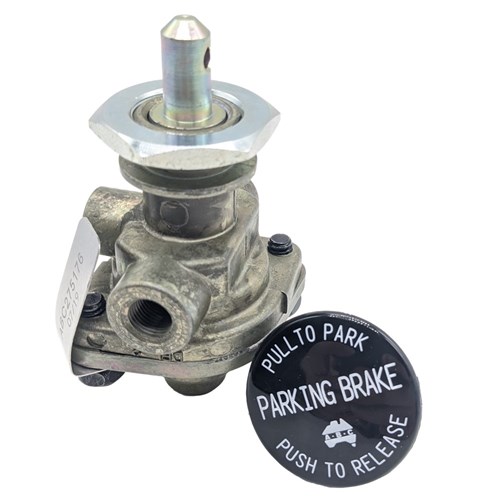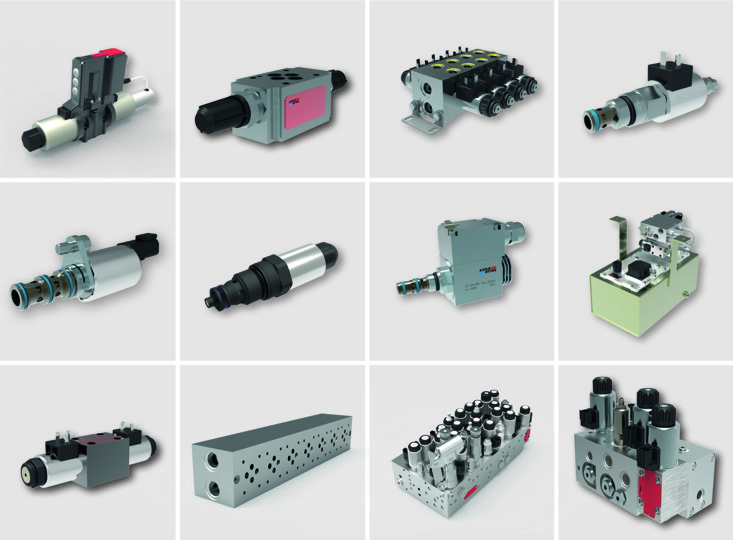The Role of Control Valves in Liquid Circulation Management Solution
Wiki Article

Maximize Power Savings and Comfort With Advanced Building Automation Controls
In the realm of modern-day architecture and facility monitoring, the assimilation of innovative building automation regulates stands as a critical improvement. The merging of technology and sustainability has actually birthed a brand-new era where power performance, comfort optimization, and operational streamlining are no more far-off aspirations but achievable facts. By using the power of automation, structures can adapt, react, and evolve in means that were when unimaginable. The possibility for considerable energy cost savings and boosted convenience is not just a pledge but an opportunity waiting to be satisfied. This standard shift in building administration holds the crucial to opening a globe where ecological conscientiousness and passenger wellness harmoniously exist side-by-side within the walls of our frameworks.Power Efficiency Benefits
Energy effectiveness benefits can significantly decrease energy consumption and functional expenses in structures. Energy-efficient systems, such as innovative building automation controls, can optimize the usage of resources like home heating, lighting, and cooling, leading to reduced energy costs over time.Moreover, boosted power effectiveness can prolong the life-span of building devices and systems. By operating extra successfully, a/c systems, lighting fixture, and various other structure elements experience much less wear and tear, leading to decreased maintenance and substitute expenses. In addition, energy-efficient buildings usually regulate higher home worths and rental rates, offering lasting economic benefits to proprietors.
Additionally, power effectiveness can enhance owner comfort and productivity. Appropriately controlled interior atmospheres with optimum illumination and thermal problems develop a more positive and helpful work space, causing enhanced employee satisfaction and performance. Overall, the energy efficiency benefits connected with innovative structure automation controls are complex, incorporating expense financial savings, ecological stewardship, and passenger health.
Enhanced Comfort Control
Enhancing convenience control in building environments requires a sophisticated integration of innovative automation systems for optimal passenger wellness. By utilizing innovative structure automation controls, facilities can tailor the indoor environment to fulfill the certain needs and preferences of owners. These systems enable exact regulation of lights, temperature level, and air flow, creating a productive and comfy ambience. Owner fulfillment and performance are carefully linked to thermal convenience, making it vital to have systems in position that can adapt to changing conditions in real-time.Enhanced comfort control goes past basic temperature changes. It consists of features such as customized setups, tenancy sensing units, and all-natural light application to produce a dynamic and receptive atmosphere. By incorporating these innovative controls, buildings can not only boost comfort but additionally improve power performance by maximizing system operations based on real occupancy and usage patterns. Ultimately, focusing on occupant comfort through advanced automation systems brings about a more delightful and much healthier indoor atmosphere.
Operational Effectiveness Improvements

Moreover, the execution of real-time monitoring and analytics devices allows structure operators to determine energy ineffectiveness and functional anomalies quickly. By continuously monitoring power use patterns and system efficiency metrics, changes look these up can be made in real-time to optimize power consumption and ensure peak functional effectiveness. control valves. Additionally, incorporating demand action approaches right into structure automation controls can better boost functional performance by dynamically changing energy usage based on grid problems and prices signals
Indoor Environment Optimization
Reliable indoor climate optimization is a basic aspect of building automation controls, making sure residents' comfort and wellness while making best use of energy cost savings. By making use of sophisticated sensors and controls, developing automation systems can constantly change and keep an eye on temperature level, humidity degrees, air quality, and air flow to develop an optimum indoor setting. Preserving constant and comfortable conditions not just improves passenger contentment however likewise improves performance and overall wellness.Interior environment optimization also plays an essential duty in energy read what he said effectiveness. By fine-tuning air conditioning, heating, and ventilation systems based upon real-time data and tenancy patterns, constructing automation controls can substantially decrease power consumption - control valves. Applying techniques such as demand-controlled air flow and thermal zoning can aid minimize power waste while guaranteeing that each area of the structure receives the required conditioning.

Lasting Environment Creation
Structure automation controls not only optimize interior environment problems for energy performance and resident convenience but additionally lay the structure for producing a sustainable atmosphere with strategic management of systems and resources. By incorporating innovative structure automation modern technologies, such as sensing units, actuators, and intelligent software, centers can change and keep an eye on energy use in real-time to decrease waste and minimize their carbon impact. These systems enable anticipating maintenance, recognizing prospective concerns prior to they intensify and optimizing devices performance to improve long life and performance.Furthermore, lasting environment creation expands beyond energy monitoring to include water preservation, waste decrease, and indoor air high quality improvement. Structure automation controls can control water usage, identify leaks, and make sure proper waste disposal methods, adding to overall sustainability efforts. Additionally, by checking and controlling air flow and filtration systems, these technologies improve resident health and wellness and productivity while decreasing energy usage linked with a/c procedures.
Verdict
To conclude, advanced structure automation manages offer substantial advantages in terms of power financial savings, comfort control, operational performance, interior climate optimization, and producing a lasting atmosphere. By executing these controls, structures can attain optimal efficiency while reducing power usage and improving passenger convenience. It appears that using sophisticated automation innovation is critical in boosting structure performance check here and creating a more sustainable future.Energy performance benefits can considerably minimize energy intake and functional expenses in structures. On the whole, the energy performance advantages linked with advanced structure automation controls are complex, incorporating expense financial savings, environmental stewardship, and occupant wellness.
Furthermore, incorporating need reaction techniques right into structure automation controls can even more improve functional performance by dynamically adjusting power usage based on grid problems and rates signals.
Structure automation controls not just optimize indoor climate conditions for energy effectiveness and resident comfort but likewise lay the foundation for producing a sustainable atmosphere via critical management of systems and sources.In final thought, progressed structure automation regulates deal considerable advantages in terms of energy savings, comfort control, functional effectiveness, interior climate optimization, and producing a lasting atmosphere.
Report this wiki page